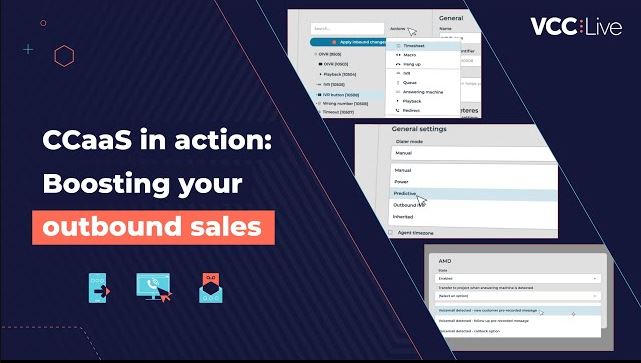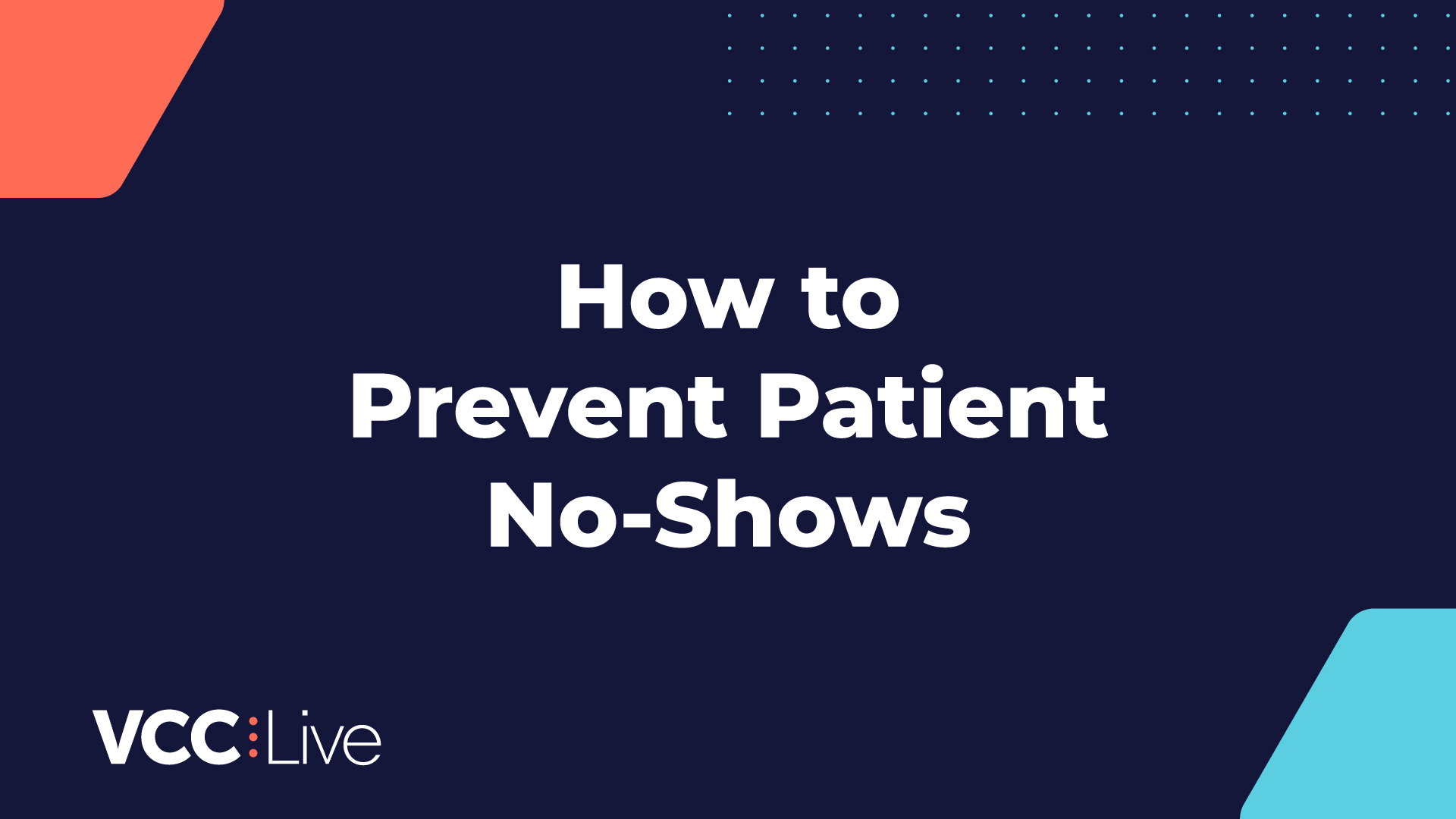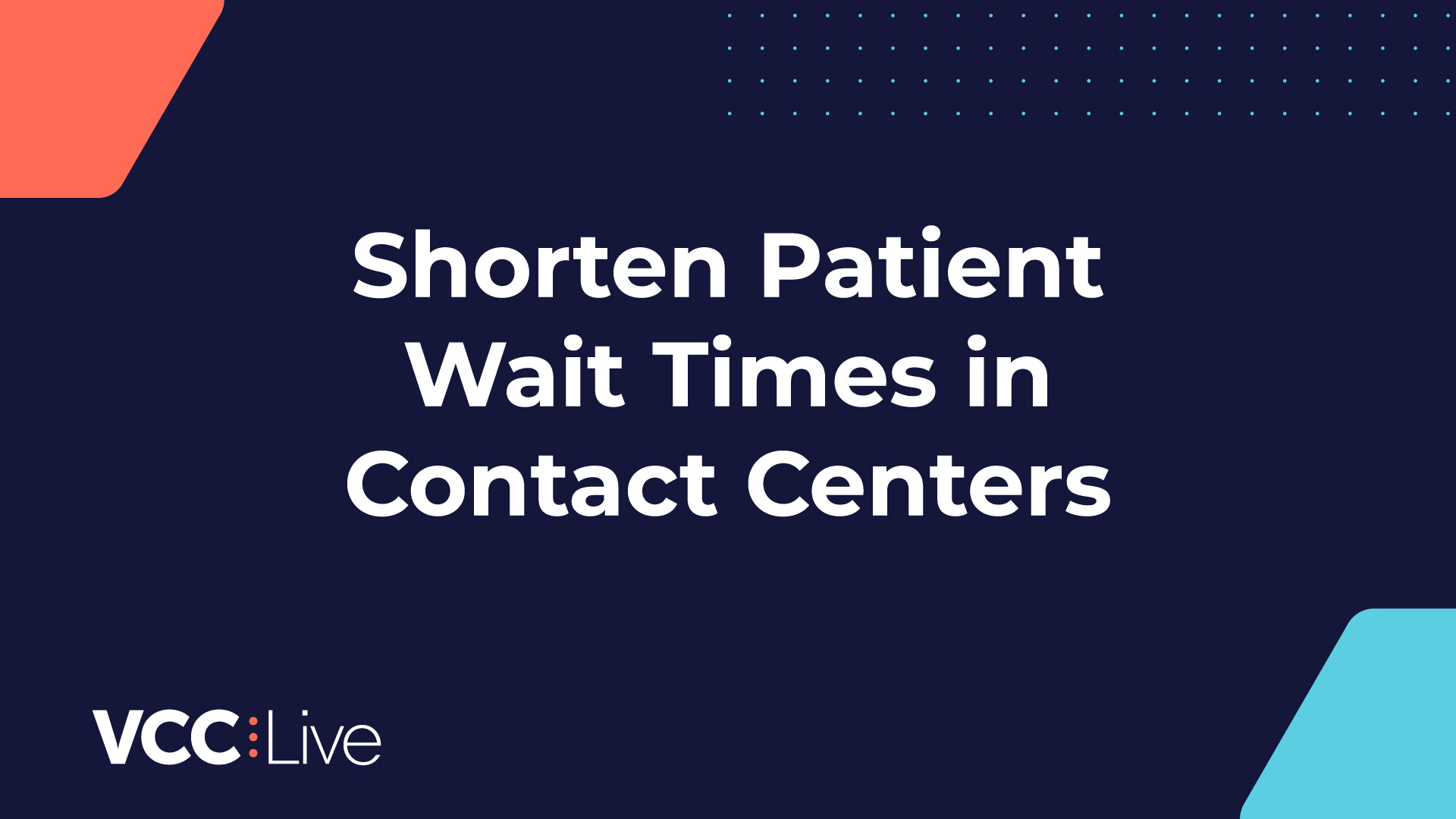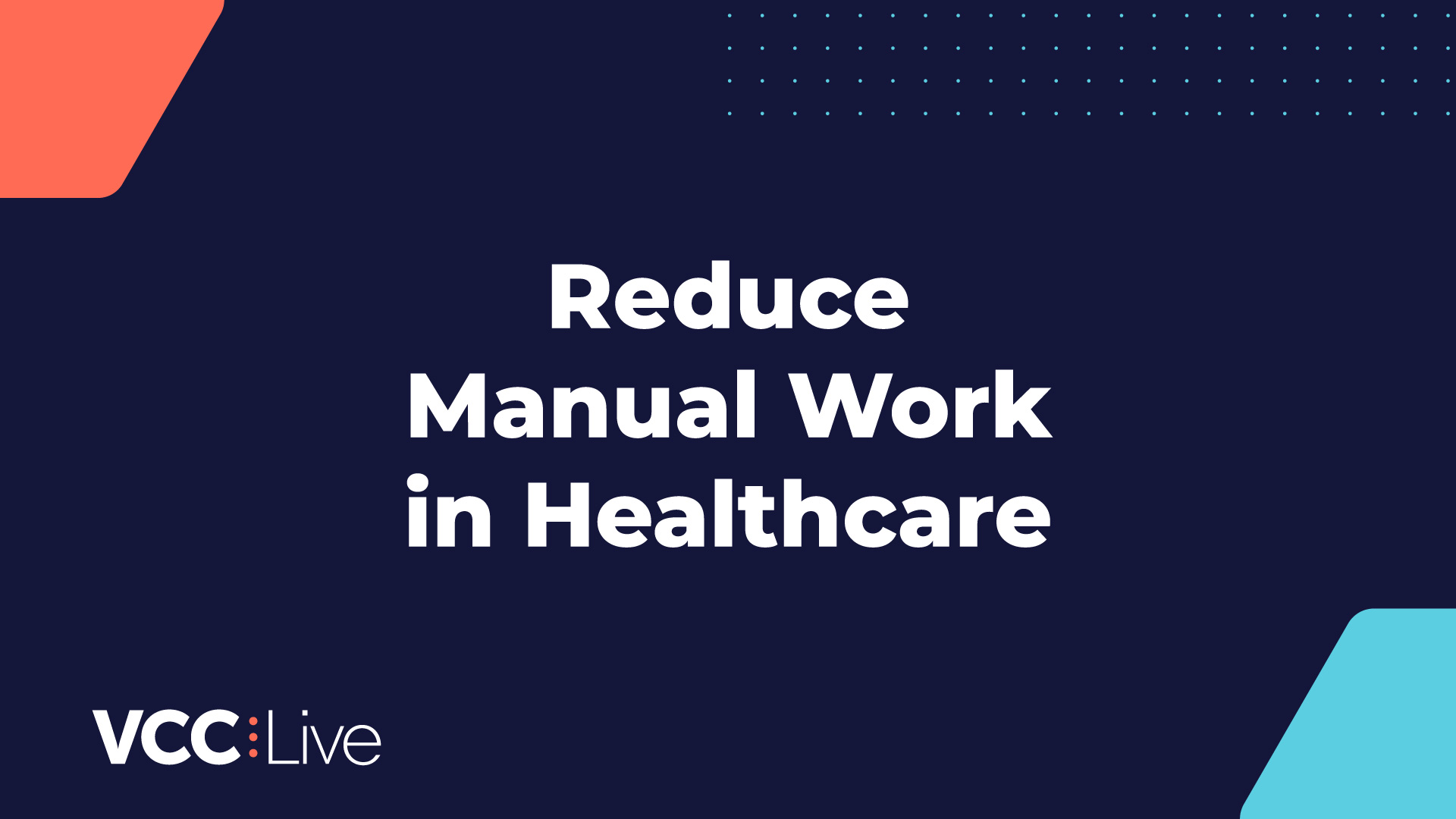Most clinics feel the impact of no-shows every day. When a patient misses an appointment, the slot goes unused, and the schedule falls behind. The team loses time, and the clinic loses revenue. Multiply that across a week, and the cost becomes hard to ignore.
The underlying reasons are simple: people forget, plans change, instructions are unclear. Or simply, life gets in the way.
But, the fix is also simple. In this article, you can read more about improving the number of missed appointments in hospitals and clinics.
Why patients miss appointments
While there can be many reasons, we observed that there are four common reasons for a no-show. Usually, the breakdown happens long before the appointment time.
1. Busy schedules push healthcare down the priority list
Patients try to squeeze appointments into crowded days filled with work, school runs, and personal responsibilities. When something urgent comes up, healthcare is often the first thing they push aside. Even when the appointment matters, it competes with dozens of other tasks.
If the booking was made far in advance, it becomes even easier for the patient to move it lower on their priority list.
2. People forget when reminders are weak or too far apart
A single confirmation message sent weeks or even months earlier won’t stick. Patients simply forget. Long booking windows make this worse. Without reminders at the right times and on the right channels, the appointment slips out of memory. It’s just human nature.
3. Anxiety gets in the way
Many patients find certain doctor visits stressful, especially when lab tests, surgery, or specialist consultations are involved. When a patient doesn’t know what to expect, they may hesitate or avoid the appointment altogether. Clear, proactive communication and easy access to simple step-by-step information can help reduce stress and keep the visit on track.
4. Instructions are unclear or incomplete
Sometimes, appointments are missed because the practical details are unclear. They may not know where to go, how to prepare, what to bring, or how long the visit will take. Even small gaps in information can create friction. Clear, complete instructions support patients and reduce the chances of a missed visit.
The cost of no-shows in healthcare
The impact of missed appointments spreads across the entire operation in clinics and hospitals. This is where you are most likely to notice:
Lost revenue from unused slots
When a patient doesn’t show up, the clinic loses the opportunity to provide care and bill for the service. Empty slots add up fast.
Wasted staff time
Agents spend time calling patients who never respond, updating records, and trying to fill last-minute timeslots. This creates more work with little to no payoff.
Decreased customer experience
One missed appointment affects the next one, forming late-day bottlenecks. Some teams try to proactively overbook as a way to compensate for this, which creates frustration when everyone arrives at once, creating a poor patient experience and potential churn.
Reduced scheduling efficiency
When patients don’t show up, the schedule becomes unpredictable. Last-minute gaps create underutilized staff and exam rooms. This lowers the overall efficiency of the clinic and makes it harder to maintain a steady daily flow.
Our favorite reminder strategies that can actually reduce no-shows
A good reminder strategy is part of an automated workflow, not a manual messaging process. The best reminder systems combine timing, clarity, and convenience.
Use multiple channels for better reach
Patients respond differently to SMS, email, and call reminders. An omnichannel sequence (incorporating all these channels) increases the chance that at least one reminder reaches the patient. VCC Live connects many different communication channels in a single platform.
Timing matters more than frequency
The most effective pattern is usually a reminder a few days ahead, another the day before, and a final touch on the day of the visit. Each message has a distinct purpose: preparation, confirmation, and time of arrival.
Give clear and simple instructions
Patients should know exactly what to expect. If fasting or a special diet is required, your agents need to communicate it to your patient well in advance. If they need documents, list them in an email. If the clinic entrance is confusing, clarify it. Precision reduces anxiety and increases attendance.
Let patients confirm or reschedule with one action
Patients shouldn’t have to call you back or navigate long menus just to modify their appointments. A single click or key press increases the chance of your patient actually taking the time to cancel instead of just not showing up. Lower the barrier to keep schedules accurate.
How VCC Live helps clinics reduce no-shows
VCC Live combines omnichannel outreach, flexible workflows, and real-time monitoring so clinics and hospitals can keep schedules full without adding manual work.
Omnichannel outbound reminders
Send reminders through SMS, email, social media, chat apps, callbacks or automated IVR depending on patient preference and urgency.
These messages could include appointment confirmations, prep instructions, or follow-up tasks.
Real-time engagement tracking
Supervisors can see who confirmed, who rescheduled, and who needs a personal follow-up. This helps the team focus on the patients who require attention.
Integrated scheduling updates
Most clinics and hospitals manage appointments across several systems, including EHRs, CRMs, and scheduling tools. When these systems don’t talk to each other, your staff spends time updating the same information in multiple places. That slows the team down and increases the chance of errors.
VCC Live connects with the platforms clinics already use. When a patient confirms, cancels, or reschedules through an automated reminder, the update flows into the clinic’s scheduling system automatically. This keeps calendars accurate, reduces repetitive admin work, and gives teams more time to focus on patients.
Reduce no-shows and streamline your schedule
Missed appointments will always happen, but they don’t need to disrupt your entire day. With better reminders and clear workflows, clinics can protect revenue, support their teams, and help patients stay on track with their care.
To explore how no-shows fit into the broader set of contact center challenges, read this next: 5 Common Problems Healthcare Contact Centers Face and How to Solve Them.
Ready to see how VCC Live helps clinics improve attendance and keep schedules full?
👉 Book a free demo: https://vcc.live/contact-us/


















